The IDC is putting out their early forecast numbers for 2016 smartphone market share. Their projections show Google’s Android taking a clean 85% of the market, with the next closest being Apple’s iOS at 14.3%.
That doesn’t leave much for others like Windows Phone (0.4%) and whatever other fledgling operating systems which are tucked into the 0.3% being shared in the Others category (BlackBerry, Tizen, and the like).
These numbers are hardly surprising as Google was able to maintain a lead of close to (and, in some reports, above) 80% for much of the year. Their jump to over 1.2 billion shipments was enough to give them a 5.2% growth spurt, while everyone else took sharp declines.
What’s more interesting is that the IDC thinks Google can maintain this figure over the next 3 years, with Google projected to get a .6% increase by 2020. That’s not a whole lot of growth, but when you’re already this far ahead of everyone else it’s still pretty impressive.
What we have here, folks, is a dominant juggernaut the likes of which I don’t think we’ve ever seen. We can’t think of the last time a mobile operating system was able to command such a lead for such a long time. Windows Phone, iOS, BlackBerry, and even Symbian have all enjoyed time in the sun with years of chart-topping market share, but none have managed to last close to a decade without either wavering or completely falling off.
And for the smaller guys, it’s no longer viable to take a small piece of a huge pie. Nokia and BlackBerry are two of the most prominent examples, with the companies seemingly forced to put Android above their own respective operating systems just to survive. BlackBerry isn’t even making hardware anymore, with the company compelled to cut their losses and stick to software licensing and enterprise.
So, is a 3-year chokehold viable for Android? You bet your ass it is, and don’t be surprised if it could go another decade from now without being supplanted, because the difference between Android and what all the other guys tried in the past is the ultimate combination of accessibility, openness, and adaptability, all of which make up a platform that can fit on almost any device at any price point.

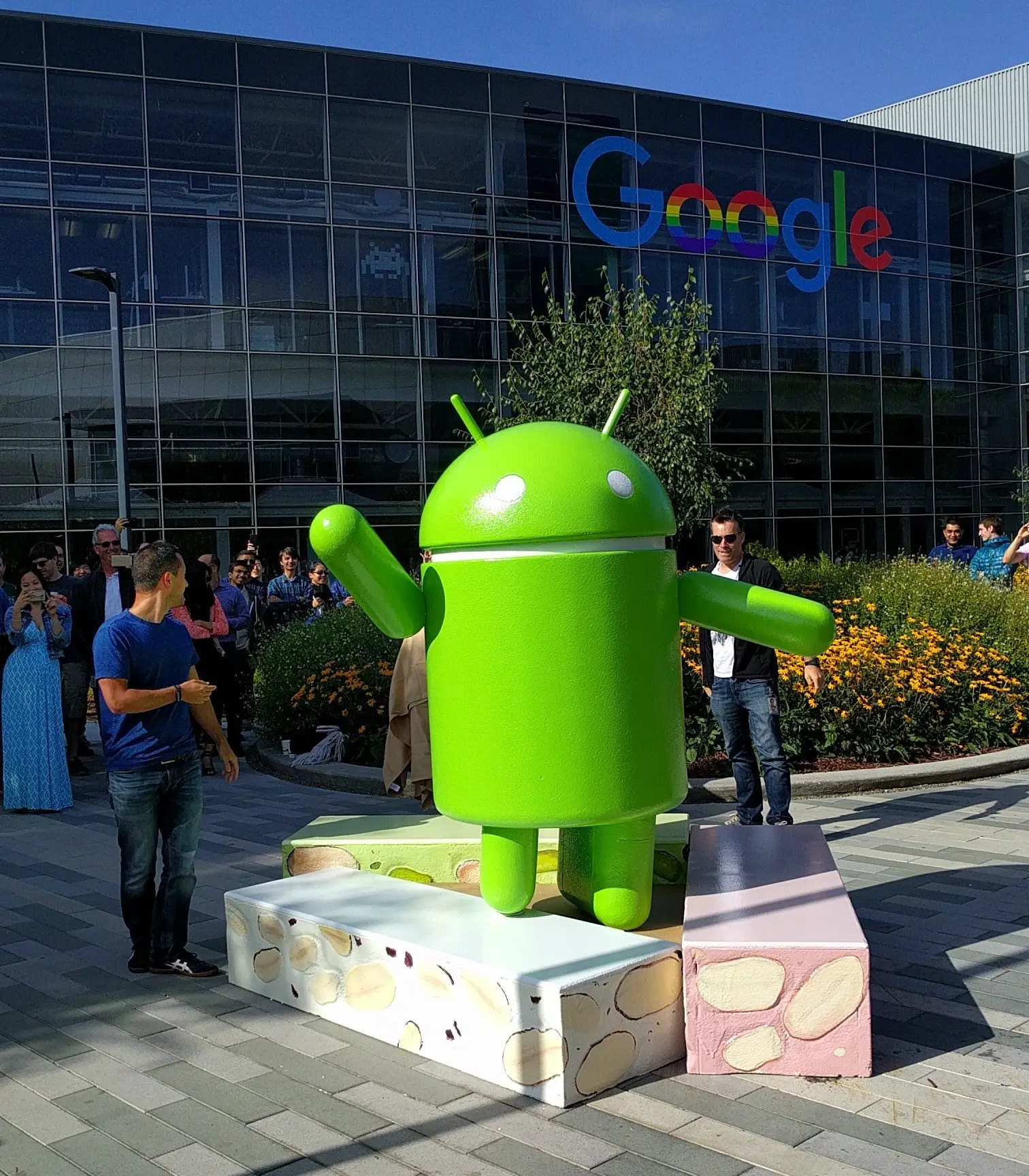



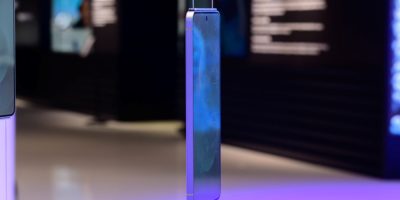
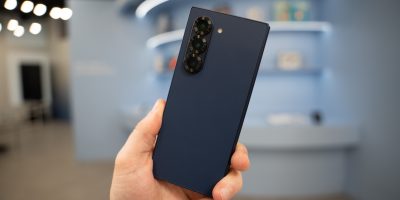

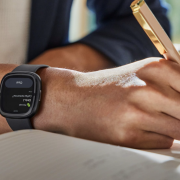
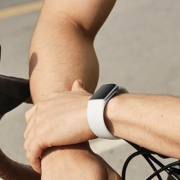
Comments